Detailed Engineering & Design is the backbone of any industrial project, ensuring that engineering concepts are transformed into actionable, construction-ready deliverables. This phase involves in-depth, discipline-specific engineering to optimize plant performance, safety, and cost-effectiveness.
For refineries, petrochemical plants, specialty chemical facilities, and large industrial complexes, detailed engineering integrates multiple engineering disciplines to develop a robust and constructible design. Each discipline plays a crucial role in achieving operational efficiency, regulatory compliance, and overall plant reliability.
This blog provides a comprehensive overview of multi-disciplinary detailed engineering & design, exploring how each engineering discipline contributes to a successful industrial project.
- Civil, Structural, and Architectural (CSA) Engineering
Key Activities
- Site Development & Infrastructure Planning
- Topographic and geotechnical surveys to assess ground conditions.
- Grading, roads, drainage, and stormwater management system design.
- Foundation & Structural Engineering
- Design of reinforced concrete and steel foundations for heavy equipment such as columns, reactors, compressors, and pipe racks.
- Structural design of pipe racks, platforms, walkways, and access structures.
- Seismic and wind load analysis to ensure structural stability.
- Architectural & Building Design
- Layouts and designs for process buildings, control rooms, substations, administrative blocks, and warehouses.
- Design of HVAC, fire exits, and ventilation systems within buildings.
- 3D Modeling & Clash Detection
- Integrated 3D models for civil, structural, and piping systems.
- Clash detection using software like Navisworks and SmartPlant Review.
- Process Engineering
Key Activities
- Process Flow Development
- Creation of Heat & Mass Balance (HMB) for each unit operation.
- Development of Process Flow Diagrams (PFDs) outlining material and energy streams.
- Piping & Instrumentation Diagrams (P&IDs)
- Development of detailed P&IDs incorporating control strategies, safety systems, and interlocks.
- Specification of inline instruments, valves, pumps, and control loops.
- Process Equipment Sizing & Design
- Design calculations and data sheets for reactors, columns, heat exchangers, and storage tanks.
- Equipment selection based on thermal and hydraulic performance criteria.
- Material Selection & Line Sizing
- Determination of appropriate materials of construction (MOC) based on chemical compatibility and operating conditions.
- Line sizing to ensure proper flow rates, velocities, and pressure drops.
- Process Safety & Relief System Design
- Hazardous area classification and pressure relief valve (PRV) sizing.
- Flare system design and dispersion analysis for environmental compliance.
- Plant & Piping Engineering
Key Activities
- Piping Layout & Route Optimization
- Development of piping layouts considering safety, maintenance, and operability.
- Optimization of pipe routing to minimize material costs and pressure drops.
- Piping Stress & Flexibility Analysis
- Thermal expansion analysis to prevent pipe failures due to excessive stresses.
- Load calculations to ensure compliance with ASME B31.3 and other piping codes.
- Material Specification & Selection
- Selection of piping materials based on temperature, pressure, and corrosion resistance.
- Preparation of piping class specifications and line designation tables.
- 3D Modeling & Isometric Drawings
- Development of 3D models using PDMS, SmartPlant 3D, or AutoCAD Plant 3D.
- Generation of isometric drawings and bill of materials (BOM).
- Piping Supports & Hanger Design
- Design of pipe supports, expansion loops, and anchors to control displacement and vibration.
- Mechanical Engineering (Static & Rotary Equipment)
Key Activities
- Static Equipment Design & Specifications
- Design of pressure vessels, heat exchangers, storage tanks, and reactors.
- Thermal and mechanical design of shell & tube heat exchangers.
- Specification of MOC based on process requirements and corrosion resistance.
- Rotary Equipment Selection & Sizing
- Specification and sizing of pumps, compressors, turbines, and blowers.
- Vibration and noise analysis for rotating machinery.
- Development of piping tie-in lists and equipment layout drawings.
- Mechanical Integrity & Reliability Studies
- Finite element analysis (FEA) for stress and fatigue evaluation.
- Equipment reliability and maintenance planning.
- Electrical Engineering
Key Activities
- Power Distribution & Load Analysis
- Load flow studies, short circuit analysis, and relay coordination.
- High-voltage (HV) and low-voltage (LV) power distribution system design.
- Substation & Switchgear Engineering
- Transformer, switchgear, and MCC design.
- Electrical room layout and cable routing.
- Hazardous Area Classification & Grounding Systems
- Grounding and lightning protection system design.
- Electrical safety and arc flash analysis.
- Fire Fighting System Engineering
Key Activities
- Fire Protection System Design
- Fire water ring main layout with hydrants, monitors, and sprinklers.
- Foam and gas suppression systems for hazardous areas.
- Emergency Response & Safety Compliance
- Development of fire zoning plans and escape route layouts.
- Compliance with NFPA, OSHA, and local fire codes.
- Safety Studies
Key Activities
- HAZID (Hazard Identification Study) to identify potential hazards in design.
- HAZOP (Hazard and Operability Study) for process risk assessment.
- QRA (Quantitative Risk Assessment) to evaluate risk mitigation strategies.
- SIMOPS (Simultaneous Operations Study) to ensure safe construction and operation.
- HVAC Engineering
Key Activities
- Ventilation System Design
- HVAC load calculations and ducting design.
- Ventilation system for hazardous gas containment.
- Control Room Pressurization Systems
- Design of overpressure systems to prevent gas ingress.
- Integration with fire alarm and gas detection systems.
Conclusion
Multi-disciplinary detailed engineering is the foundation of industrial project success. By integrating civil, structural, process, piping, mechanical, electrical, automation, fire safety, and HVAC disciplines, engineering teams ensure design accuracy, compliance, and safety. Detailed engineering transforms conceptual designs into a reality, paving the way for smooth construction and operational excellence.
By leveraging advanced engineering methodologies, state-of-the-art software, and international best practices, industries can achieve a seamless transition from design to execution, ensuring long-term reliability and efficiency of industrial facilities.
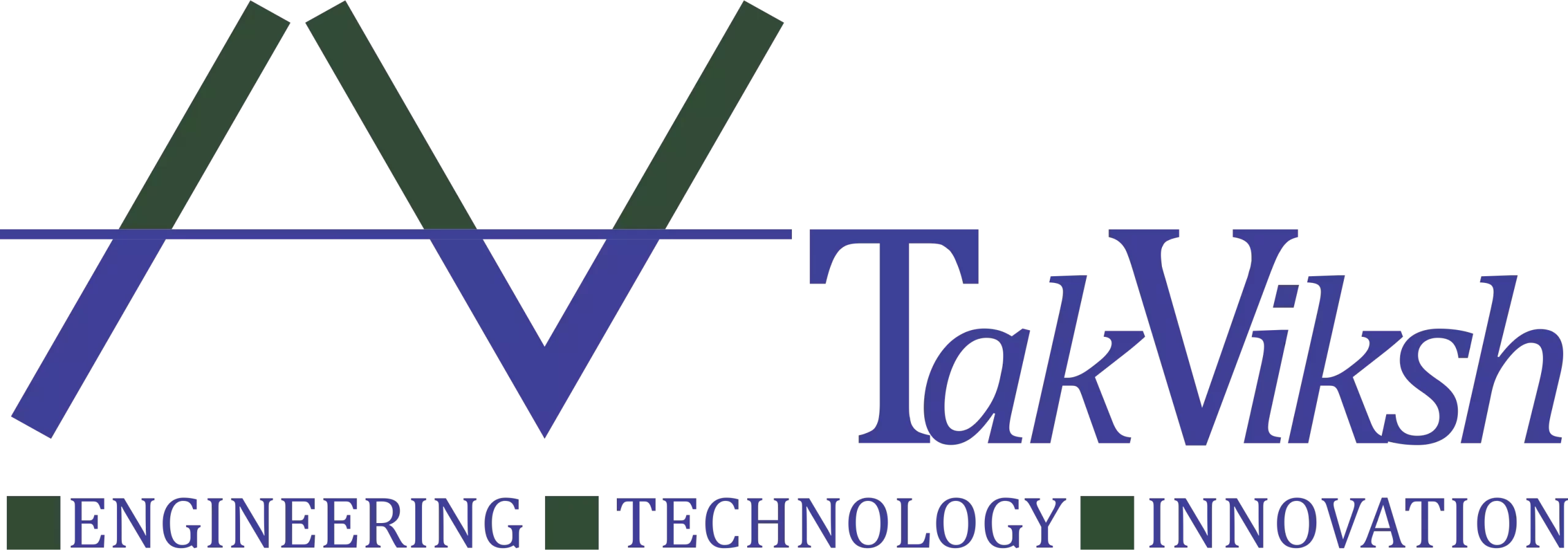
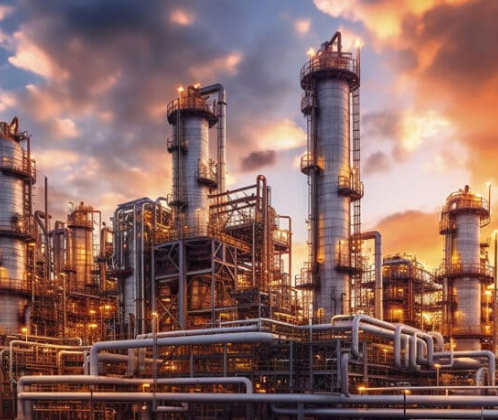
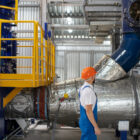
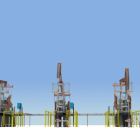
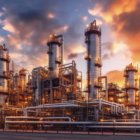
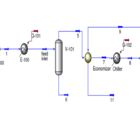
Recent Comments